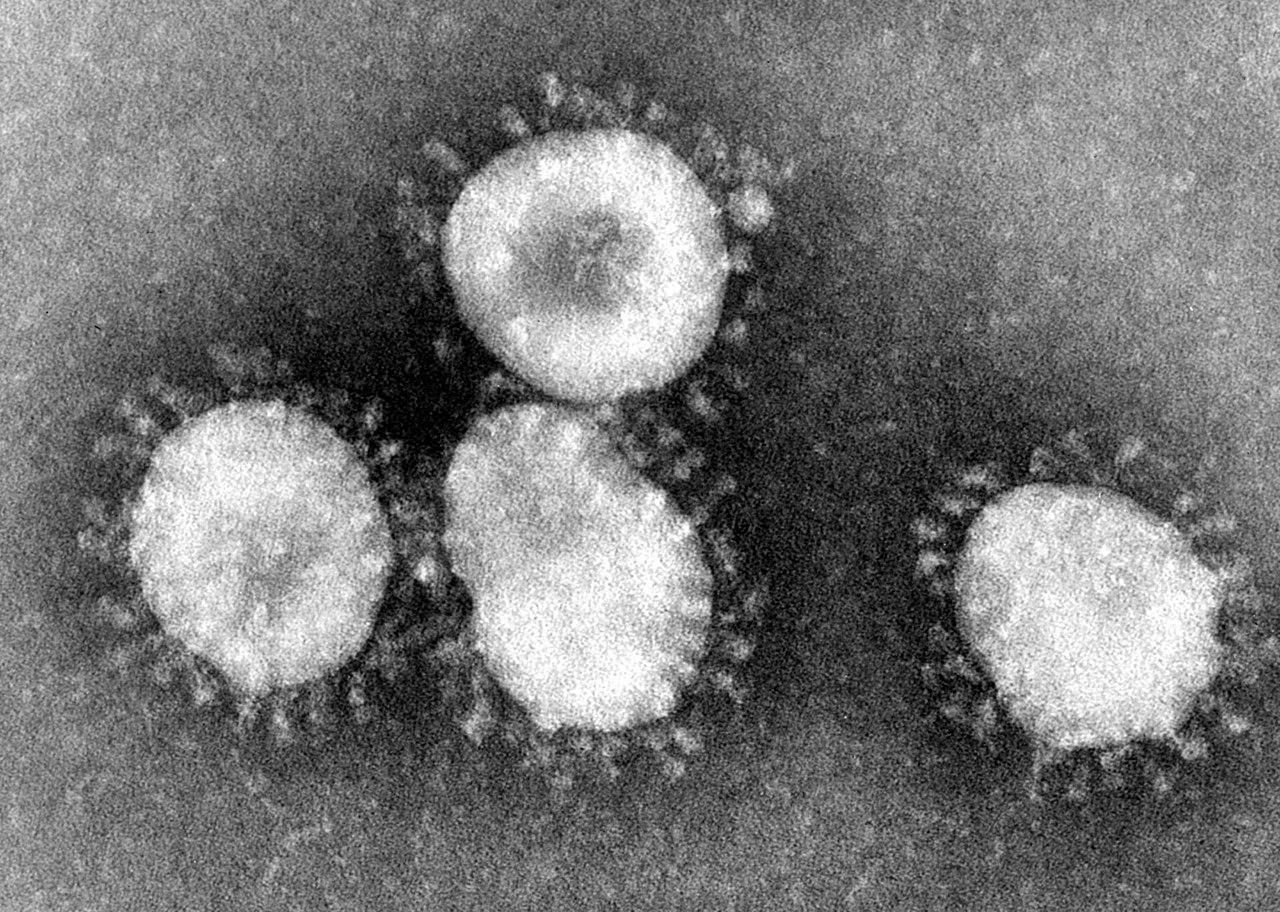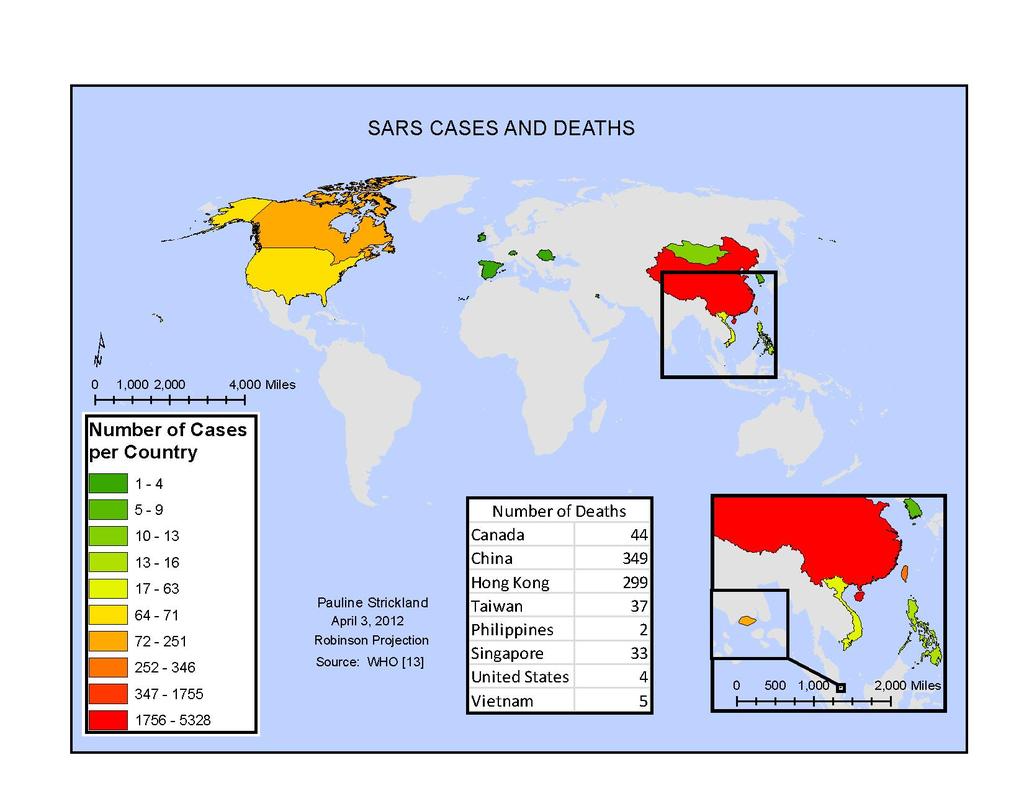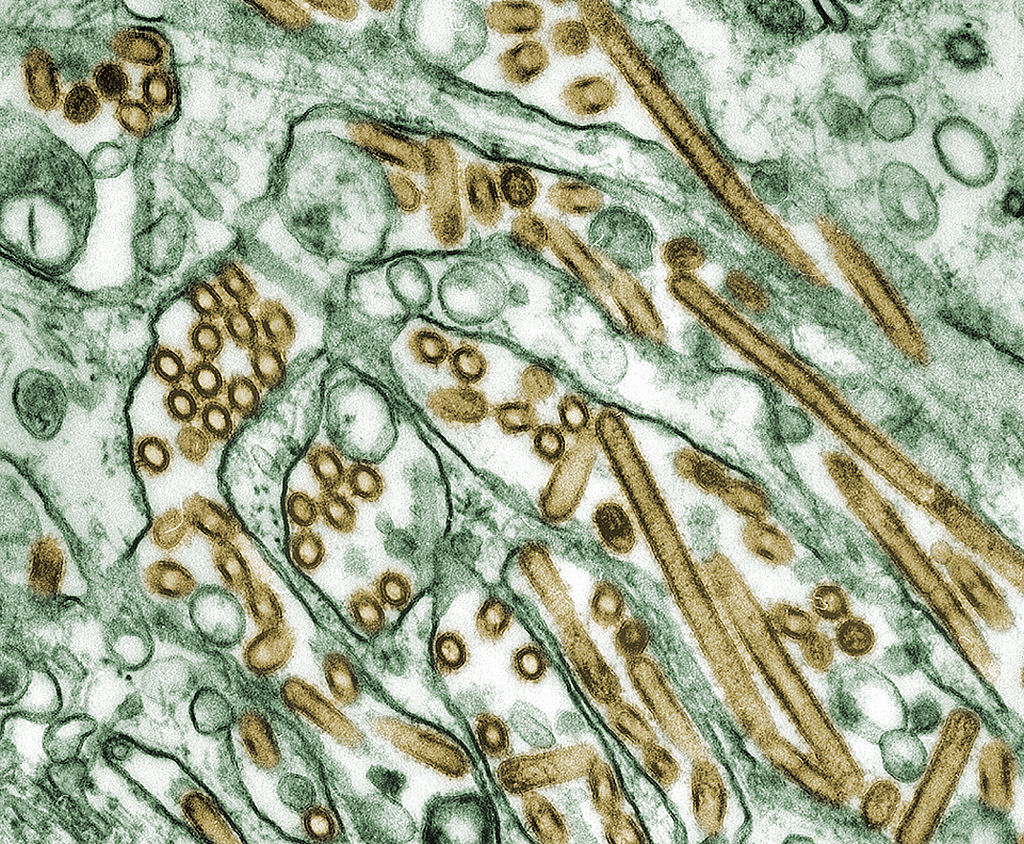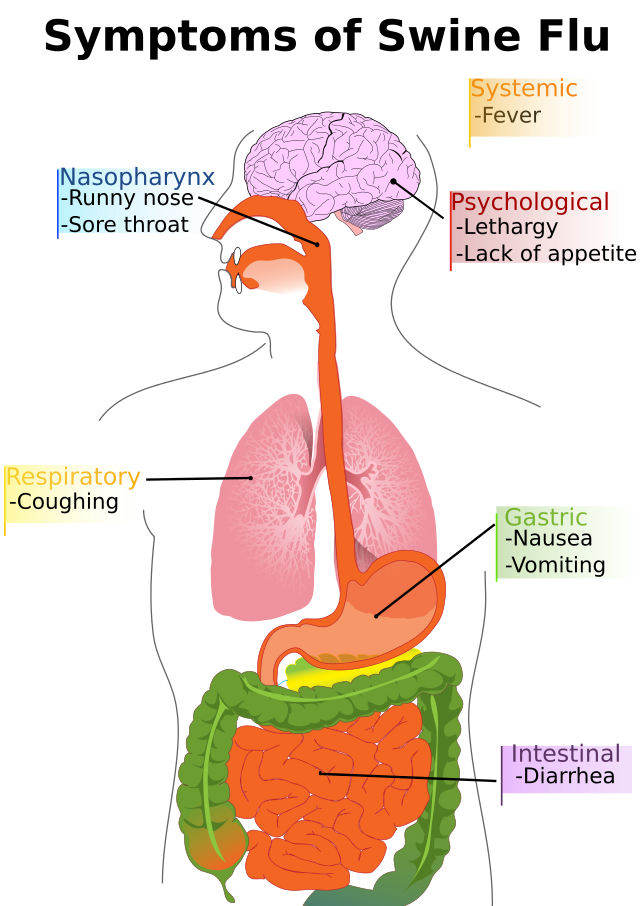Between November 2002 and July 2003, an outbreak of SARS in southern China caused an eventual 8,098 cases, resulting in 774 deaths reported in 37 countries, with the majority of cases in China and Hong Kong. No cases of SARS have been reported worldwide since 2004.
New diseases in 21st century.
Public health measures indeed have improved a lot in the past sevaral hundred years. The total eradication of smallpox and the near eradication of polio fostered an illusion that that modern medical science and public health had the tools to protect society and to eradicate diseases one by one. But new diseases like severe acute respiratory syndrome(SARS), avian flu and swine flu proved that our society is still vulnerable, particularly to respiratory infections in the industrial world, transmitted by air or droplets. They're true diseases of globalization and modernity, that thrive on high population density and modern means of high-speed communication.
SARS
Avian Flu
Avian flu is accurately a variety of influenza caused by viruses adapted to birds. There are three types of influenza viruses (A, B, and C), but avian flu, for most purposes, refers to the influenza A virus. Between early 2013 and early 2017, 916 lab-confirmed human cases of H7N9 were reported to the World Health Organization.
Swine Flu
Swine flu is an infection caused by any one of several types of swine influenza viruses. The Swine flu was initially seen in humans in Mexico in 2009, where the strain of the particular virus was a mixture from 3 types of strains.





